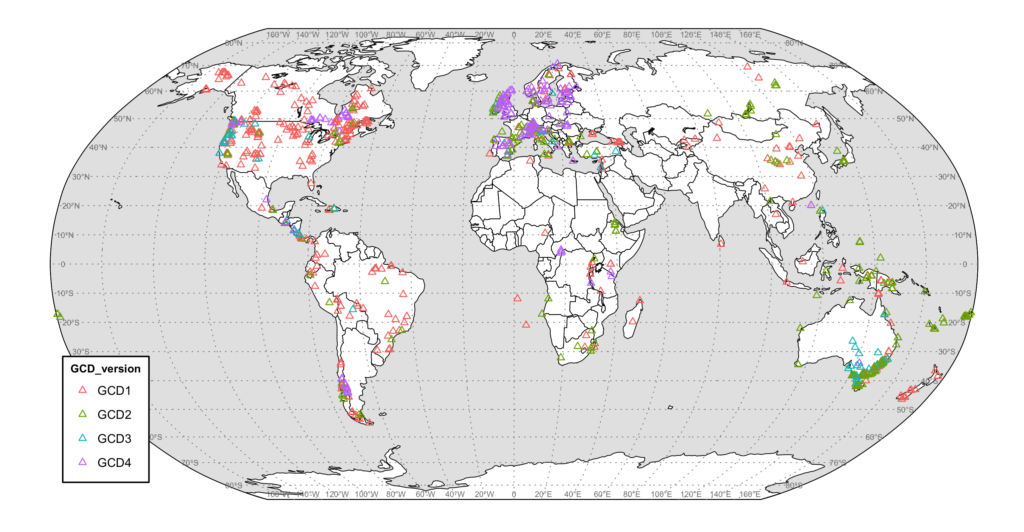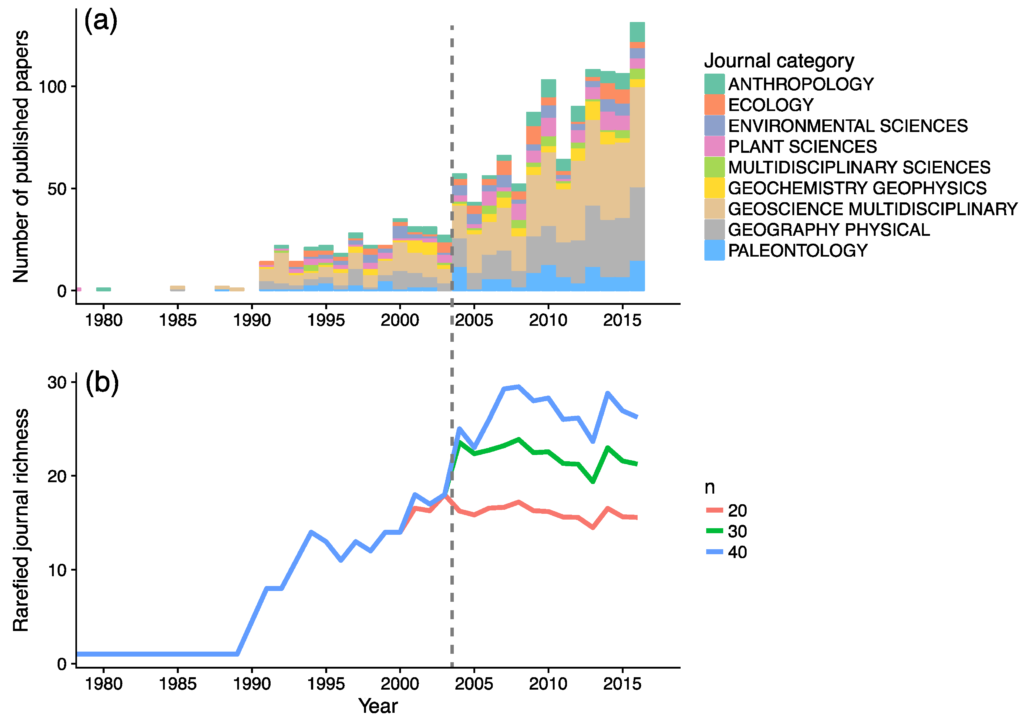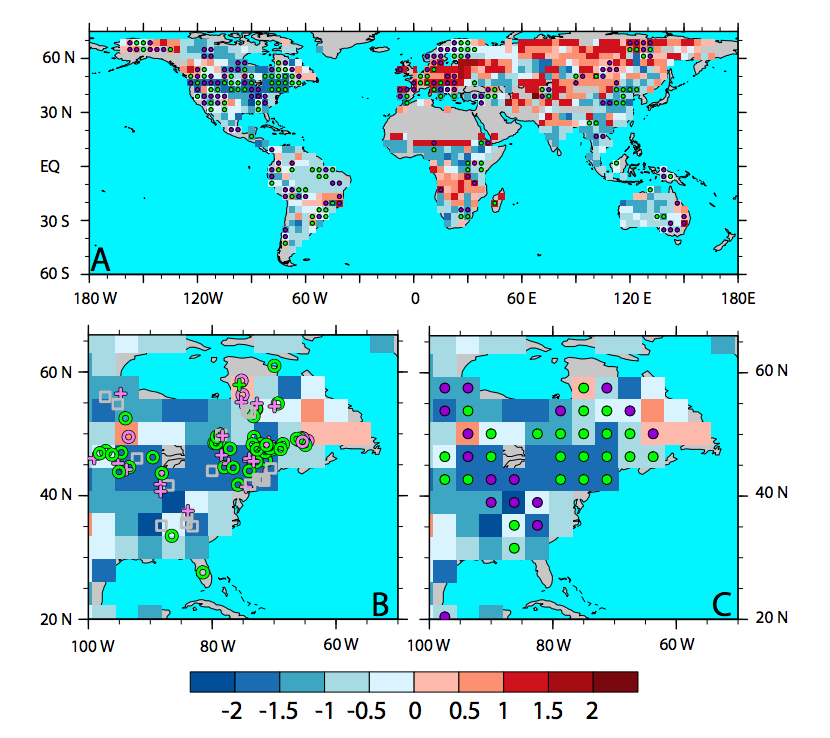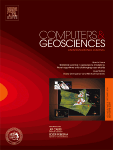Assessing changes in global fire regimes
A recent study by Sara Sayedi et al. 2024 published in Fire Ecology (DOI 10.1186/s42408-023-00237-9) delves into global fire regime changes and their potential impact on various ecosystem services. Collaborating…






